Crash data points to ‘crisis’ on Mass. roads
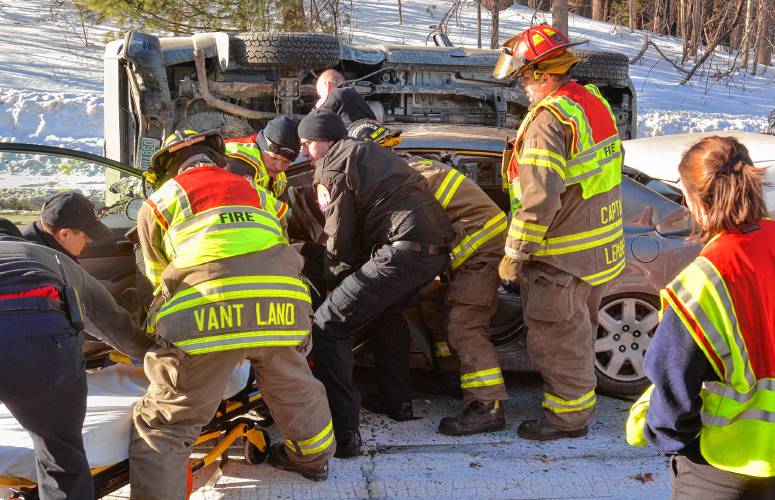
Northampton emergency personnel remove the driver of a car involved in a three-car crash. GAZETTE FILE PHOTO
| Published: 02-29-2024 7:01 AM |
Safety on Massachusetts roadways is “at a crisis level,” the state highway administrator told lawmakers this week as he detailed steps the Department of Transportation has taken to try to prevent some of the most dangerous and deadly situations and to improve all-around safety on local roads.
There were 134,233 motor vehicle crashes in Massachusetts last year, according to MassDOT’s crash data portal.
That’s up from 132,659 crashes in 2022 and 124,734 crashes in 2021, but below levels registered in the years immediately preceding the pandemic. The portal, which is based on reports entered into the Registry’s crash data system, shows 140,939 crash reports in 2019, 142,272 in 2018 and 145,068 in 2017.
The number of fatal crashes has climbed since pre-pandemic days — the 409 fatal crashes reported in 2022 was the highest number since 2005, when 417 fatal crashes were reported. Fatal crashes ticked back down in 2023, with 325 reported.
There have been 15,948 crashes reported so far in 2024 including 40 fatalities, 234 crashes involving a pedestrian and 58 crashes involving a bicyclist, according to the MassDOT portal.
“Roadway safety, particularly fatalities, continues to be at a crisis level in Massachusetts as well as across the nation,” Highway Administrator Jonathan Gulliver said Tuesday during a budget presentation to the Joint Committee on Ways and Means.
MassDOT has finished implementing a wrong-way driver deterrence pilot that “has been very successful,” he said, explaining that there are now 16 highway on/off ramps outfitted to detect when a driver gets on a ramp heading in the wrong direction, alert that driver that they are going the wrong way, notify a state command center of the potential for a dangerous situation, and caution drivers going the correct way on the highway. Gulliver said MassDOT looks forward to expanding on the pilot.
“A lot of signage lights up, there’s bright lights that will come at you if you’re a driver at night, and there’s flashing signs – a lot of stuff to try to identify to the driver that they are going the wrong way. And then again, those signs for the people that are going the right way that they really, really need to use caution,” he said.
Article continues after...
Yesterday's Most Read Articles
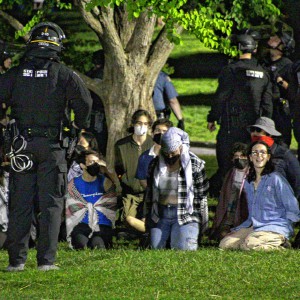 More than 130 arrested at pro-Palestinian protest at UMass
More than 130 arrested at pro-Palestinian protest at UMass
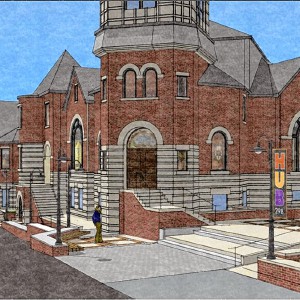 Public gets a look at progress on Northampton Resilience Hub
Public gets a look at progress on Northampton Resilience Hub
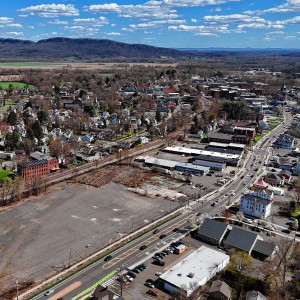 Northampton bans auto dealerships near downtown; zone change won’t affect Volvo operation on King Street
Northampton bans auto dealerships near downtown; zone change won’t affect Volvo operation on King Street
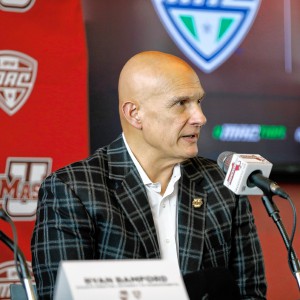 UMass basketball: Bryant forward Daniel Rivera to be Minutemen’s first transfer of the offseason
UMass basketball: Bryant forward Daniel Rivera to be Minutemen’s first transfer of the offseason
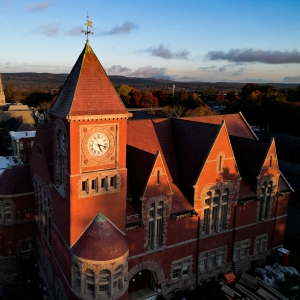 Town manager’s plan shorts Amherst Regional Schools’ budget
Town manager’s plan shorts Amherst Regional Schools’ budget
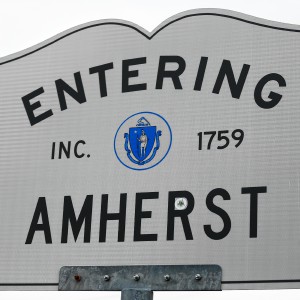 Police respond to alcohol-fueled incidents in Amherst
Police respond to alcohol-fueled incidents in Amherst
The systems were installed at locations that MassDOT “identified as having pre-existing problems” and where a driver could be confused about where to enter the highway, Gulliver said. Many of the sites are places where the on-ramp and off-ramp are next to each other, which can be particularly confusing at nighttime when the majority of wrong-way driver crashes happen.
Rep. Joseph McKenna of Webster was particularly interested in the pilot program. There was a double-fatal wrong-way driver crash in Webster on Interstate 395 in early December. He said he knows “for a fact that there is a wrong-way indicator right in the vicinity of where that accident took place,” but does not know whether the wrong-way driver entered the highway there or at another point. Gulliver said he’d look into that crash and offered to arrange for a demonstration of the system for lawmakers.
“Success for us is when they turn around, when they self-correct — we see a lot of that happening on some of these ramps — but when they self-correct and turn around, get off the highway and get back going the right way, that is our ultimate goal,” the highway administrator said in response to McKenna’s question. “We would love to be able to stop every single wrong-way driver that gets on the highway the wrong way ... they are some of our most challenging crashes. They’re obviously extremely, extremely deadly when they happen.”
Gulliver also filled legislators in Tuesday on MassDOT’s efforts to implement the roadway safety law the Legislature passed in late 2022, including a range of new requirements aimed at protecting pedestrians, bicyclists and other vulnerable road users from threats posed by motor vehicles. Among those was a standard requirement that a driver leave at least four feet of distance when passing such a person and closing what he called a loophole around school zones.
To communicate those new rules of the road, MassDOT has so far spread out 3,739 free signs around the state — giving 136 municipalities a total 3,458 signs to remind drivers about the new 4-foot passing distance and 130 municipalities 281 school zone speed limit signs that also display the driver’s current speed. And the highway administrator also said there was a change to the rules around where a community can designate a school zone and reduce traffic speeds.
“This was a critical change this past year. As I know a number of you know from the Legislature, there has always been somewhat of a blind spot in the regulations about where you can designate school zones. There has been for years a requirement that you can only go up to grade eight, and that high school was exempted. The theory being that high school kids are more responsible and know the rules of the road,” Gulliver said, joking that parents of high schoolers know that can’t be totally true. “So that loophole has now been closed.”

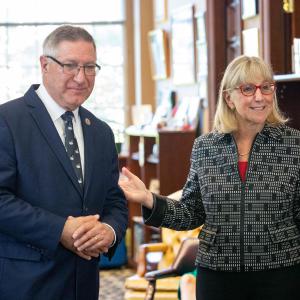 State Senate budget funds free community college for all
State Senate budget funds free community college for all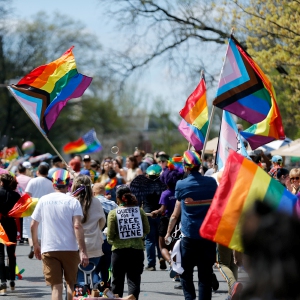 ‘We can just be who we are’: Thousands show support for LGBTQ community at Hampshire Pride
‘We can just be who we are’: Thousands show support for LGBTQ community at Hampshire Pride Doors open at Tilton Library’s temporary home at South Deerfield Congregational Church
Doors open at Tilton Library’s temporary home at South Deerfield Congregational Church Area property deed transfers, May 2
Area property deed transfers, May 2
